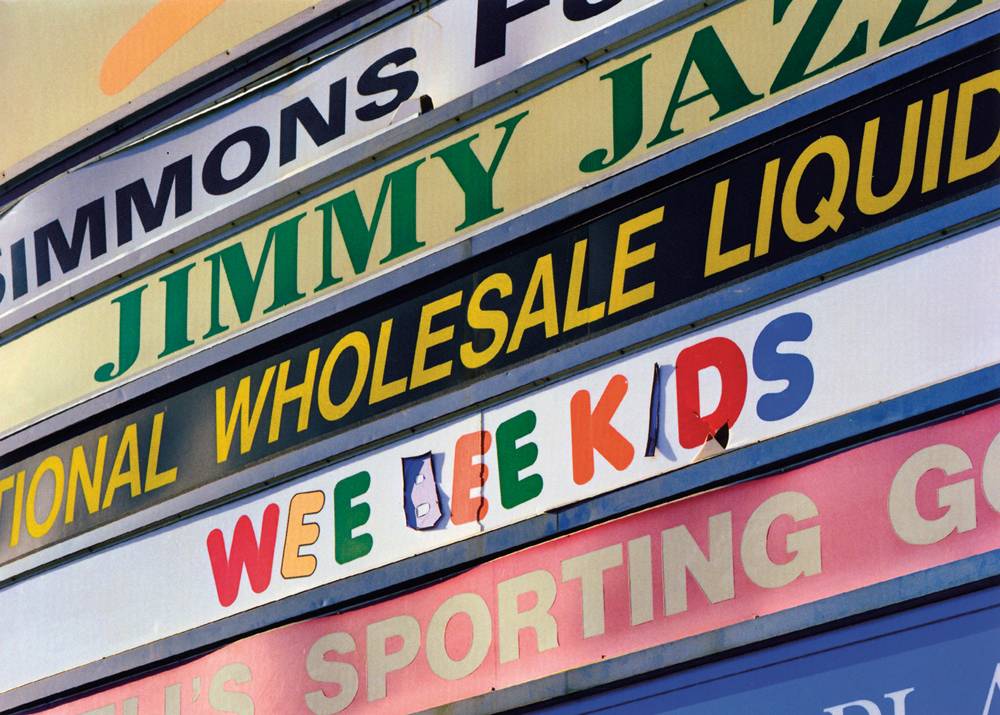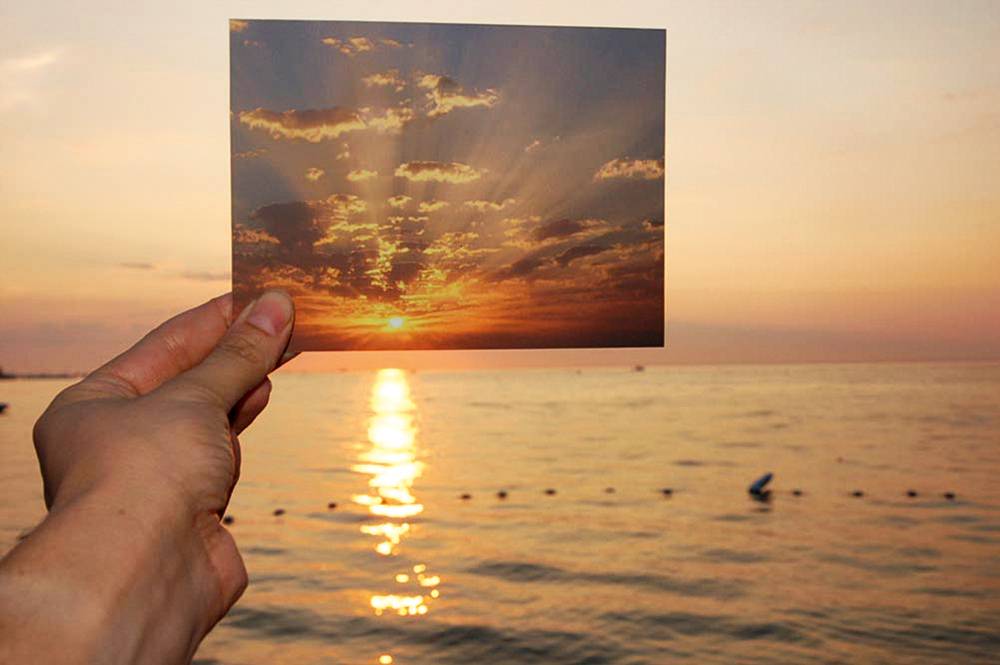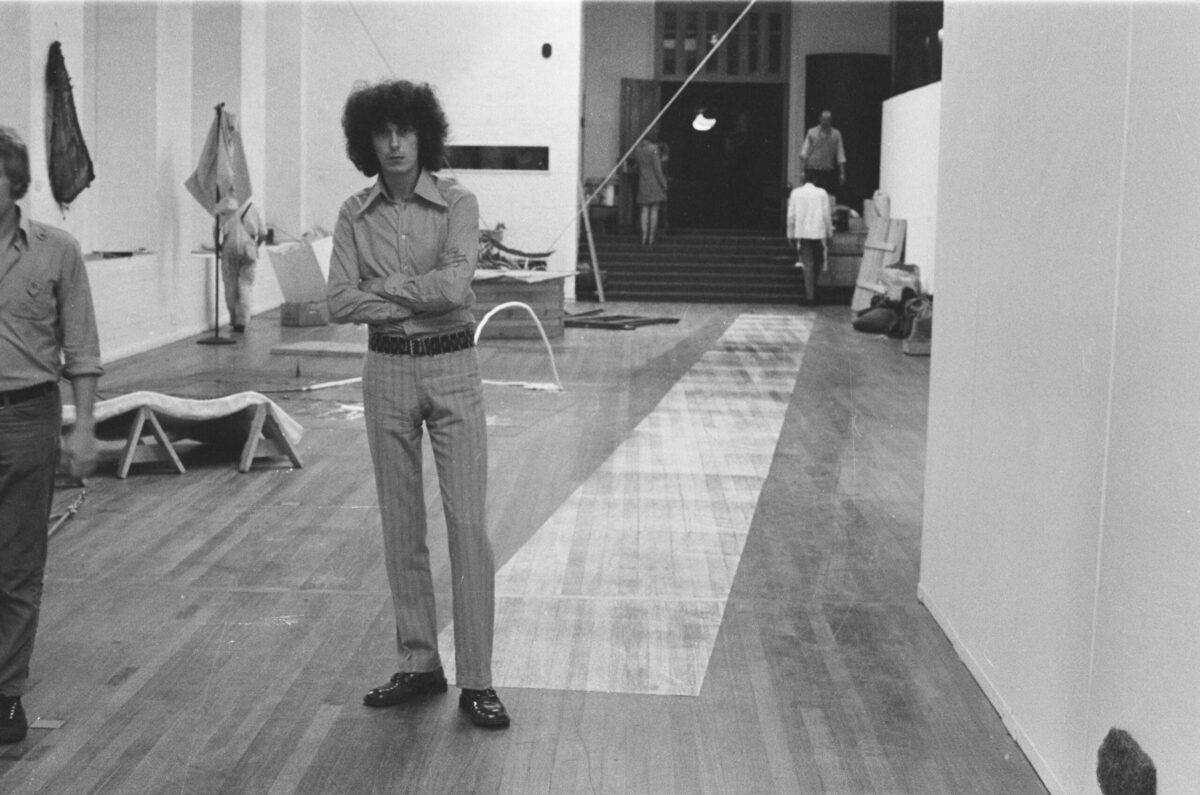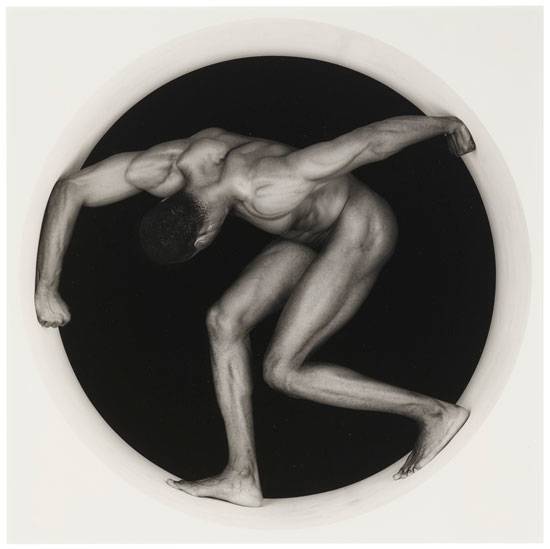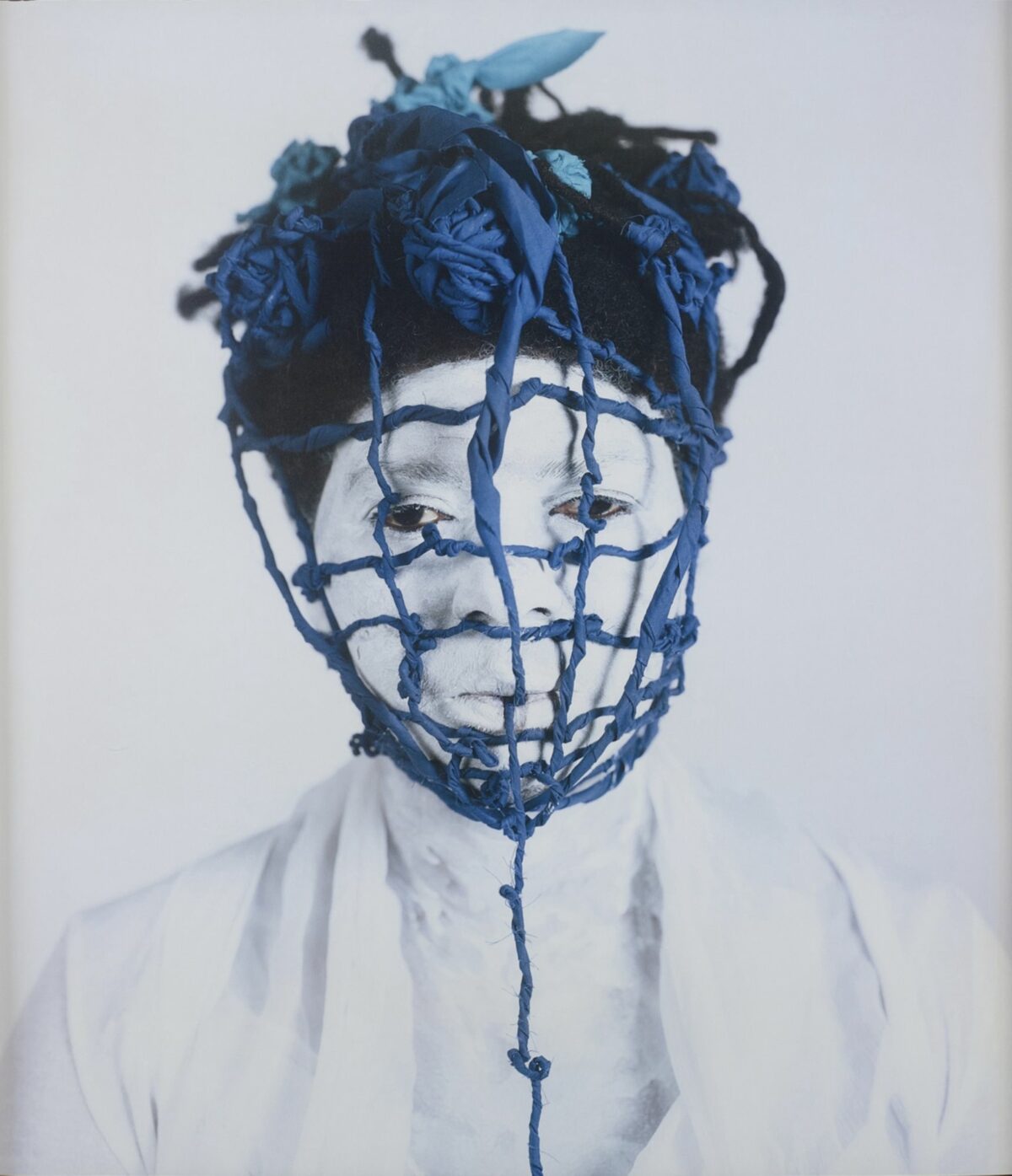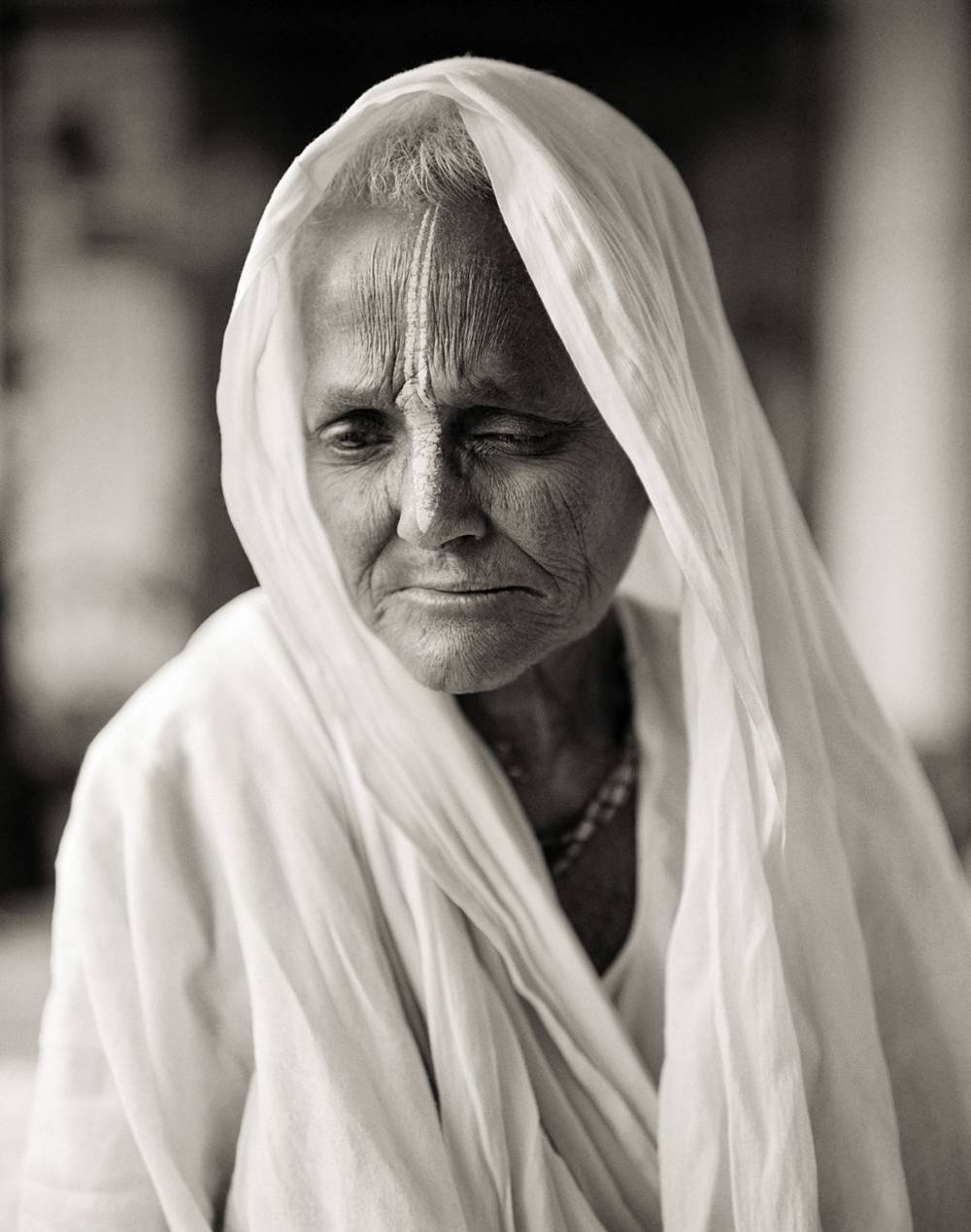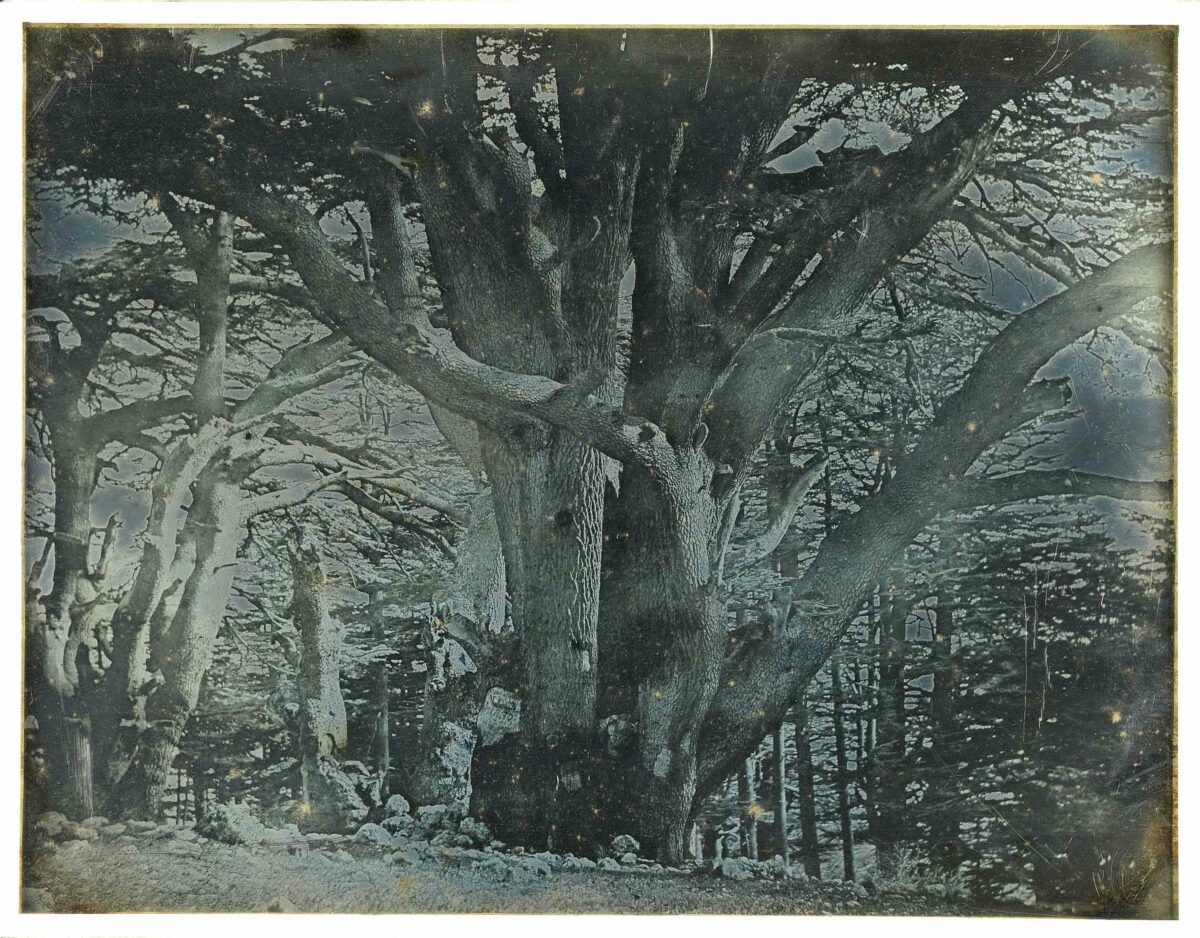In the 12 years since choice images from Thomas Walther’s collection of vernacular photographs were exhibited at the Metropolitan Museum and published as Other Pictures(Twin Palms), books of found and anonymous material have become something of a phenomenon. Few of them could match Walther’s for connoisseurship or wit, but smartly edited collections of snapshots, mug shots, photo-booth portraits, and other flea-market ephemera seem to whet a surprisingly voracious appetite for the odd and the ordinary, often in the same photograph. More than a decade on, the entries in this category could fill a substantial shelf or two, but none is more charming or mysterious than Mrs. Merryman’s Collection (Mack).
Part of that book’s appeal is the story that accompanies it, imparted in its opening pages by Anne Sophie Merryman. Born in 1980, the year her grandmother, Anne-Marie, died, Anne Sophie inherited both her first name and a small wooden box that contained her postcard collection. These weren’t Mrs. Merryman’s personal mementos—none were sent by traveling friends or relatives; they were bought and saved for their images, which she “used to look at…for hours whilst seated in her armchair.” Growing up, Anne Sophie also enjoyed pouring over those picture postcards, wondering about her “grandmother’s life, her character and her intimate thoughts. The delight of being in the realms of the imagination encouraged my growing fascination with storytelling and fiction.” Living with the collection encourages Anne Sophie to feel she has “a personal dialogue” with a woman she never knew, “even if that is only my fantasy.”
So the book opens “in the realms of the imagination,” and the postcards only immerse us further. Judging by this curious and eccentric group of pictures, Mrs. Merryman had unusually sophisticated, highly idiosyncratic taste; maybe she was the real Auntie Mame. There’s nothing nostalgic, picturesque, or remotely grandmotherly about the images she was drawn to, nearly all of which are unlikely subjects for picture postcards. A pyramid of sea sponges, racks of drying animal hides, a platter of plucked chickens, a suspended chair, a severed ear in a specimen jar, a swarm of monkeys on a hill—if images like these kept her occupied for hours, Mrs. Merryman was apparently a secret surrealist. Or a frustrated artist herself. In fact, for all their veneer of authenticity, the postcards don’t exactly hold up under close examination. The handwriting, printed material, and stamps on their reverse sides certainly appear true to the period, but they’re full of contradictions: an Italian stamp with a Chinese postmark on a postcard made in Belgium, for instance.
But the pictures themselves are the real giveaway. Presented as mass-market artifacts, they’re just too good to be true—too poetic and peculiar to exist except, perhaps, as private correspondence between André Breton and Man Ray. But if they didn’t come off a postcard rack in Rome or Buenos Aires, where did they come from? A square of red stitching connects the last two pages in the book; tease out the thread, and you’ll find the answer:Mrs. Merryman’s Collection is “A fiction by Miki Soejima.” It’s not as if there aren’t clues dropped along the way, especially in Anne Sophie’s prefatory notes, where the ideas of fiction and fantasy are introduced. She and her grandmother are imaginary, and the postcards—which draw upon a wealth of anonymous and appropriated images—meticulously crafted imitations of the real thing. Soejima, 32, Tokyo-born and London-based, worked on the project for four years. She prefers to maintain the Merryman fiction and disappear into her ingenious creation for now. But after such a sensational debut, it’s unlikely she’ll remain hidden behind a pseudonym for long.



